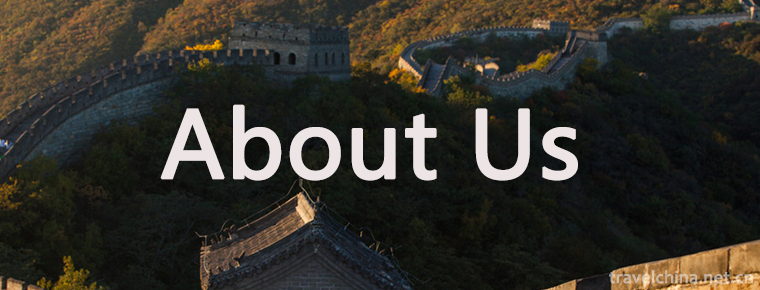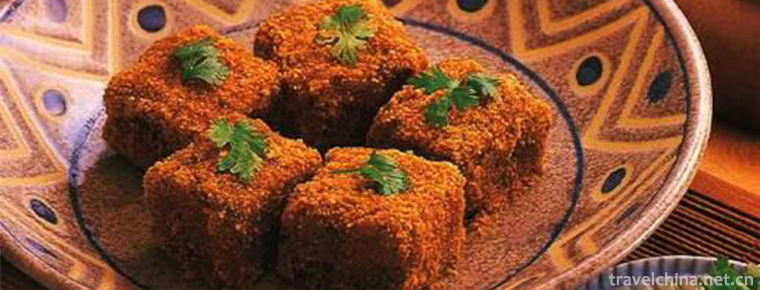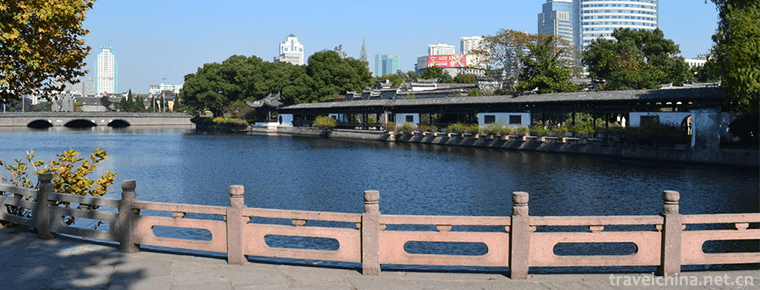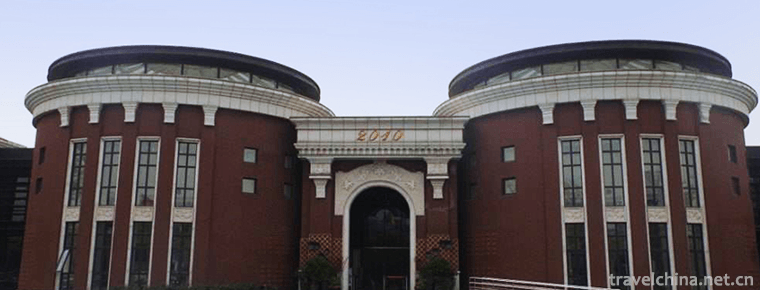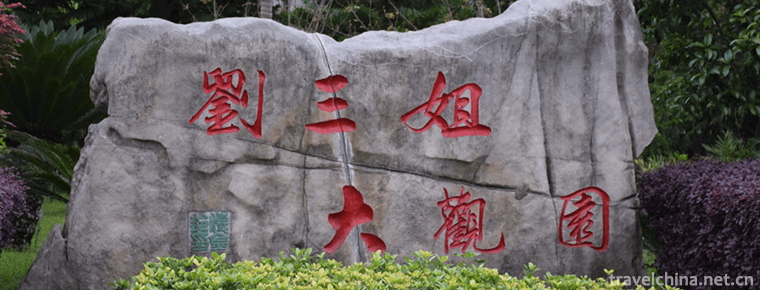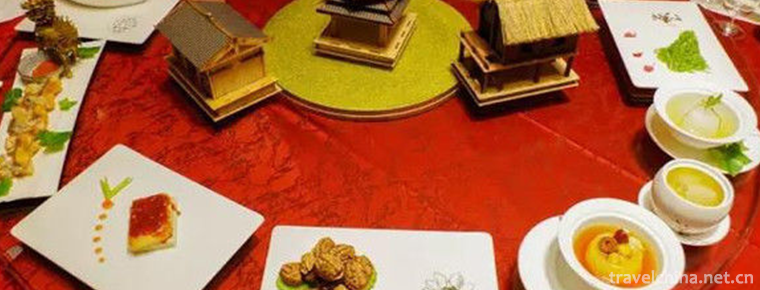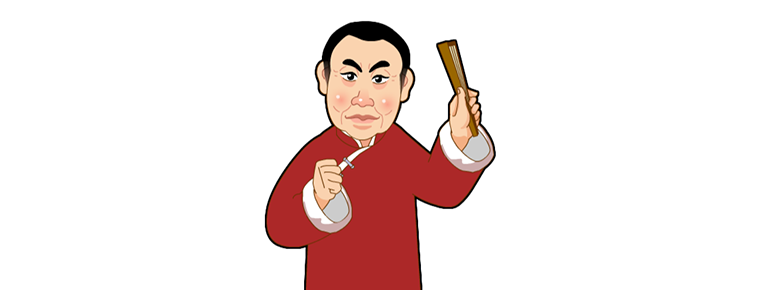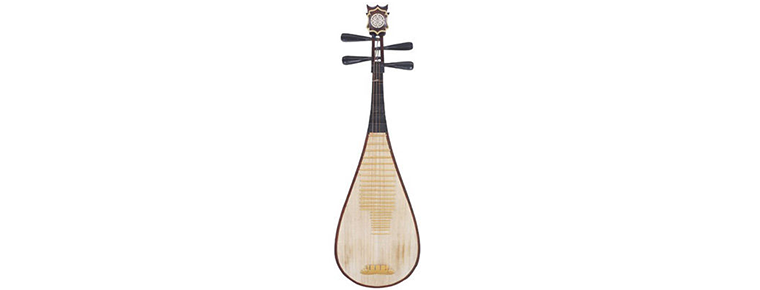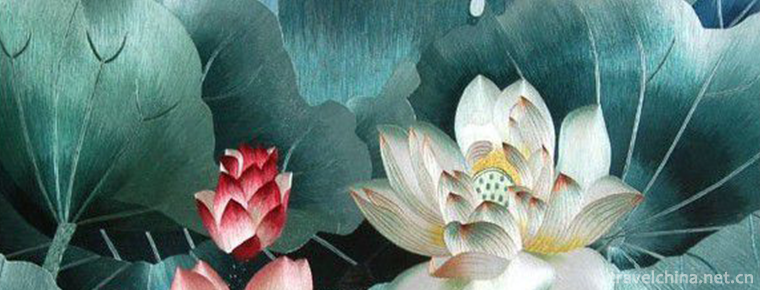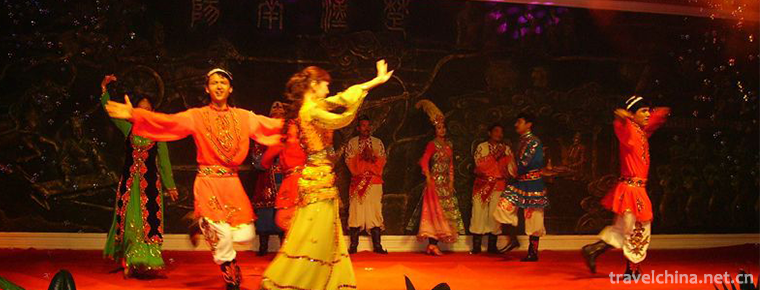The Beijing Palace Museum
The Beijing Palace Museum was established on October 10, 1925, and is located in the Forbidden City of the Beijing Palace Museum. Based on the palaces of Ming and Qing dynasties and their collections, the comprehensive museum of China is also the largest museum of ancient culture and art in China. Its collection of cultural relics mainly comes from the old collection in the palace of Qing Dynasty, and is the first national demonstration base of patriotism education.
Since January 1, 2014, the Beijing Palace Museum closes almost every Monday.
The Beijing Palace Museum is located in the Forbidden City, the Palace Museum of Beijing. Beijing Palace Museum is the first batch of national key cultural relics protection units, the first batch of national 5A-level tourist attractions, and the advanced units in the ideological and moral construction of minors in China. It was selected into the World Cultural Heritage List in 1987.
In October 2018, the Palace Museum released its first thematic functional game and its first music album on ancient paintings, opening the prelude of the Palace Museum of Wisdom.
The Palace Museum is the imperial palace of Ming and Qing Dynasties (1368-1911 A.D.). According to the ancient Chinese astrology theory, Ziweiyuan (i.e. Polaris) is located in the middle of heaven, where the Emperor of Heaven resides, and the Heaven and Man correspond. It is also known as the Forbidden City. After taking the throne, Zhu Di, the third emperor of the Ming Dynasty, decided to move his capital to Beijing. He began to build palaces in 1406 A.D. and completed them in the eighteenth year of Yongle in the Ming Dynasty (A.D. 1420). In 1911, the 1911 Revolution overthrew China's last feudal monarchy, the Qing Dynasty. In 1924, Emperor Ai Xinjueluo Puyi was expelled from the palace.
After the victory of the 1911 Revolution, the Qing Dynasty government announced its abdication. The Palace should have been nationalized. However, according to the Preferential Conditions for the Qing Dynasty formulated by the interim revolutionary government at that time, Puyi, Emperor Xun, was allowed to "temporarily live in the imperial palace", that is, the "back bed (inner court) in the back of the Forbidden City. At that time, the government decided to move the cultural relics of the Rehe (Chengde) Xinggong (Chengde Summer Resort) and Shengjing (Shenyang) Forbidden City to the "Pre-Dynasty (Foreign Dynasty)" part of the first half of the Forbidden City, and established the Antiquities Exhibition House in 1914.
Puyi, who lived in the palace with the remnants of the late Qing Dynasty, had been trying to recover, and stole a large number of cultural relics from the palace under the names of rewards, pawns and repairs, which attracted serious attention from all walks of life. In 1924, Feng Yuxiang launched the "Beijing coup", organized the Regent Cabinet, revised the preferential conditions for the Qing Royal family, expelled Puyi from the palace and took over the Forbidden City, and set up the "Commission for the Rehabilitation of the Qing Dynasty", which was responsible for cleaning up the public and private property of the Qing royal family and dealing with all aftermath matters.
On September 29, 1925, the Committee for Handling the Rehabilitation of the House of Qing formulated and adopted the Outline of the Provisional Organization of the Palace Museum, setting up an interim Board of directors to "agree on important matters of the whole court", consisting of Yan Xiu, Lu Yongxiang, Cai Yuanpei, Xiong Xiling, Zhang Xueliang, Zhang Bi, Zhuang Yunkuan, Lu Zhonglin, Xu Shiying, Liang Shihao, Xue Biao, and Xiong Xiling. Huang Qian, Fan Yuanlian, Hu Ruoyu, Wu Jingheng, Li Zushen, Li Zhongsan, Wang Daxie, Wang Zhengting, Yu Youren, Li Yunying and so on. Provisional Council is also set up to "carry out the affairs of the whole courtyard", with nine members on board. Build the museum and library. Li Yu-ying is the interim director and chairman, Yi Peiji is the curator of the antiquities museum, and Chen Yuan is the curator of the library.
The Committee for the Rehabilitation of the Palace Museum has checked and collected the cultural relics of the Palace Museum room by room. After the completion of the checkup, a total of 6 volumes and 28 volumes of the Palace Museum Articles Check Report were published, totaling more than 94,000 cultural relics numbered 117,000. According to the publication of the Report on the Review of the Commission for the Rehabilitation of the Qing Dynasty in 1925, the cultural relics left over by the Qing Dynasty include three generations of Dingyi, ancient jades, famous calligraphy paintings of Tang, Song, Yuan and Ming Dynasties, Song and Yuan ceramics, enamel, lacquerware, gold and silver wares, bamboo and wood horns, golden and bronze religious statues, as well as a large number of emperors and empresses'and concubinesses' clothing and clothing. Material and furniture, etc. It can be said that gold, emerald, pearls and jade, exotic treasures, the world's wealth, all gathered here. In addition, there are a large number of books, books and archives. For this reason, the Palace Museum has an antiquities museum, a library and a documentary library, which organize manpower to continue sorting out the cultural relics, open exhibition rooms in the Palace Museum, organize various exhibitions, edit and publish various publications, publish materials and publicize them. Every work has been carried out in a vivid and colorful way, with a great collection of Humanities and a momentary flourish.
After a year of intensive preparations, on October 10, 1925, a grand ceremony of building the Palace Museum was held in Qianqingmen Square, and the whole country was telephoned to announce the formal establishment of the Palace Museum. On the first day of opening up, people rushed to see the mysterious palace and its treasures first. Traffic congestion caused by the empty lanes in Beijing has also become a major news in major newspapers on that day.
Beijing Palace Museum is located in the center of Beijing City, 753 meters wide in East and west, 961 meters long in North and south, covering an area of more than 723600 square meters, surrounded by 10 meters high wall and 52 meters wide moat (Chengzi River). There is one gate on each side of the wall: the South famous Wumen Gate, the North Shenwumen Gate, the left and right Donghua Gate and the West China Gate, of which the noon Gate is the entrance for visitors and the Shenwumen Gate is the exit for visitors. The total area of the ancient buildings in the city is about 160,000 square meters (163,000 square meters in one word). The layout of the whole palace building is rigorous and orderly. The layout and shape are designed and constructed in strict accordance with the feudal etiquette system and the theory of Yin-Yang and Five Elements, reflecting the supreme authority of the emperor.
The opening time of the Palace Museum will be changed according to the light and peak seasons, and the opening time will be extended or shortened in case of statutory holidays, major events or special circumstances. Please keep an eye on the announcement on the official website of the Palace Museum.
The Palace Museum announced on November 18, 2013 that it plans to close all day on Monday from January 1, 2014, except for statutory holidays and summer holidays (July 1 to August 31 each year).
Every year from April 1 to October 31, the peak season opening time is 8:30 for ticket selling and opening, 16:00 for ticket stopping (including clock hall and treasure hall), 16:10 for stopping and 17:00 for clearing.
From November 1st to March 31st of next year, off-season opening time is adopted: 8:30 for ticket sales and admission; 15:30 for ticket stopping (including clock and treasure hall); 15:40 for stopping admission.
Since July 2, 2011, the Palace Museum has implemented a one-way tour route from south to north: the Wumen (South Gate) is only the entrance to the Palace Museum, and all visitors enter the Palace Museum from the Wumen (South Gate); the Shenwumen (North Gate) is only the exit for visitors, and the visitors can leave the Palace Museum by the Shenwumen or Donghua Gate (East Gate) after the end of the visit.
Smoking is strictly prohibited in any place in the Palace Museum. No scribbling is allowed. Do not use flash or tripod when taking photos in the exhibition hall.
There is no special parking lot in the Palace Museum. The nearest public parking lot is outside Donghua Gate, Jingshan Backstreet and BeiHainan Gate. The parking space is limited. It is suggested that tourists take public transport vehicles to visit the Palace Museum.
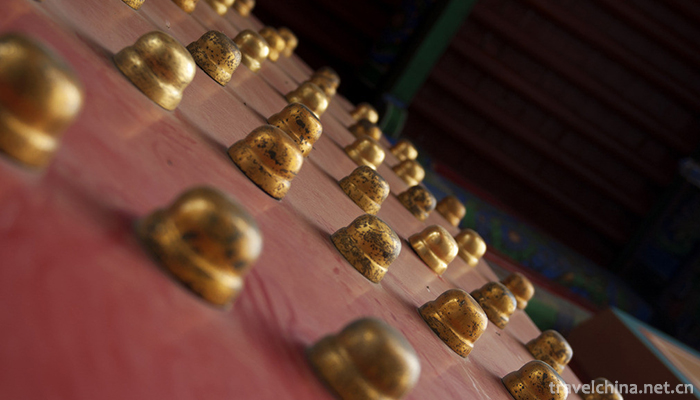
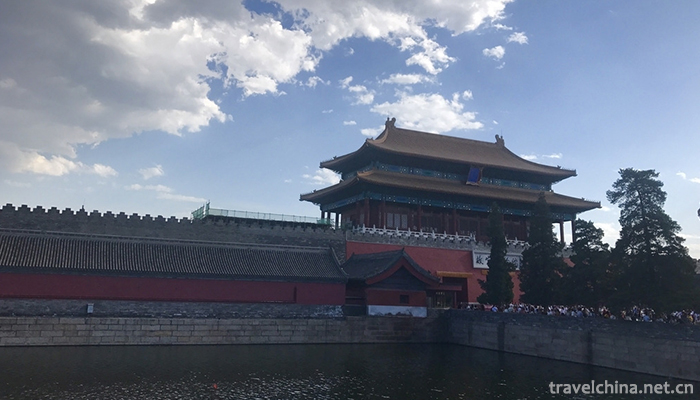

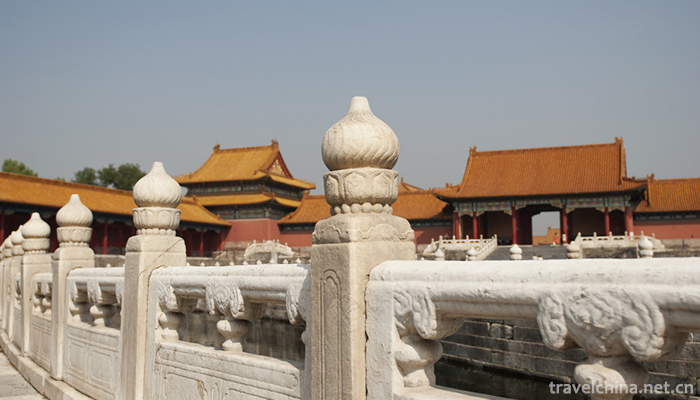
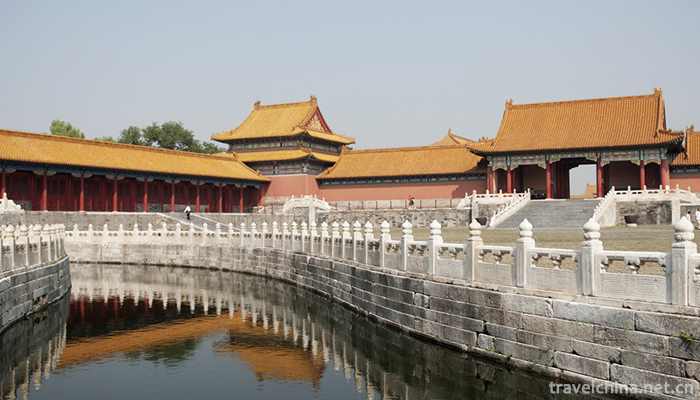
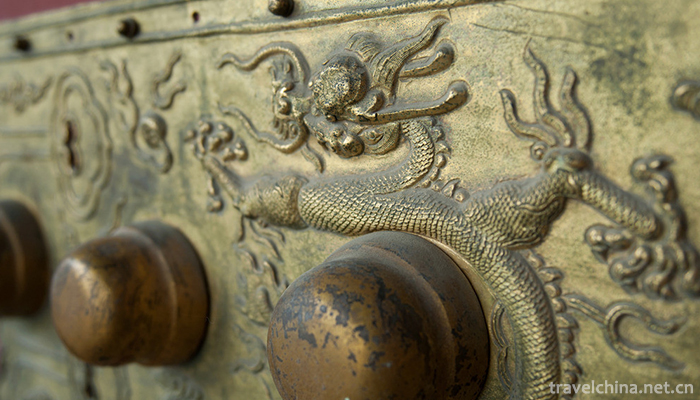
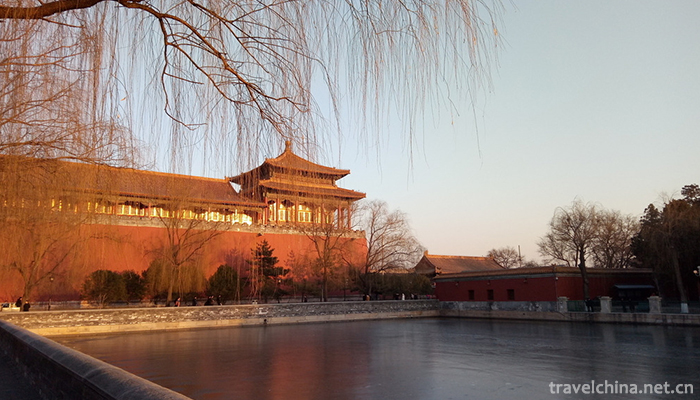
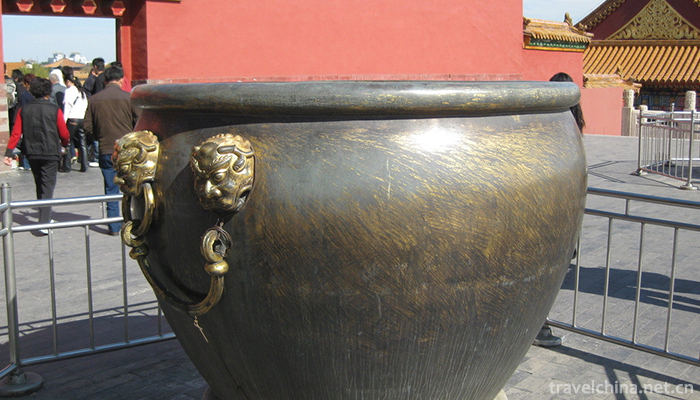
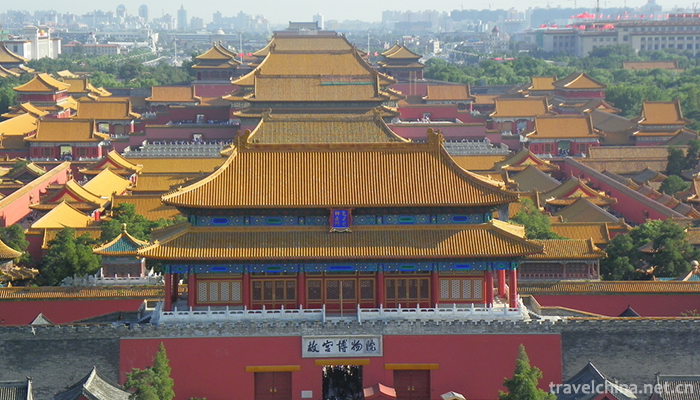
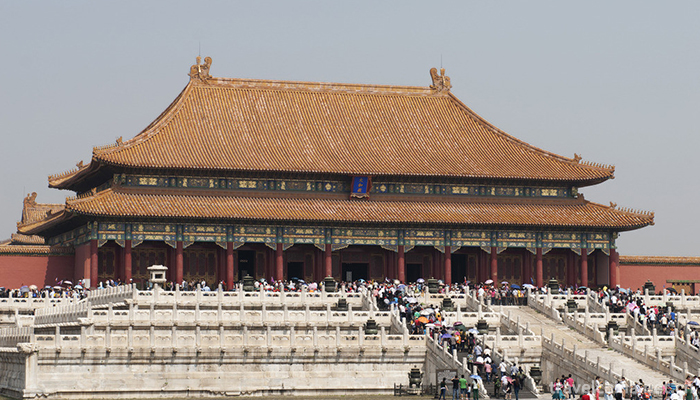
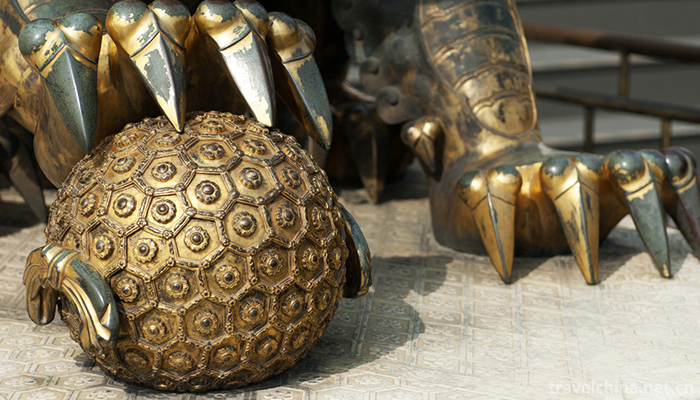
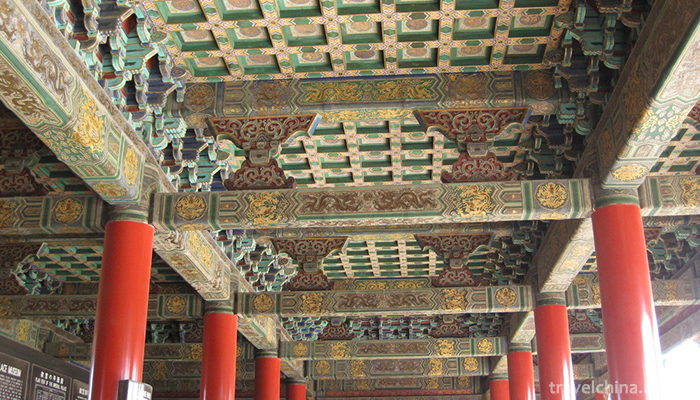
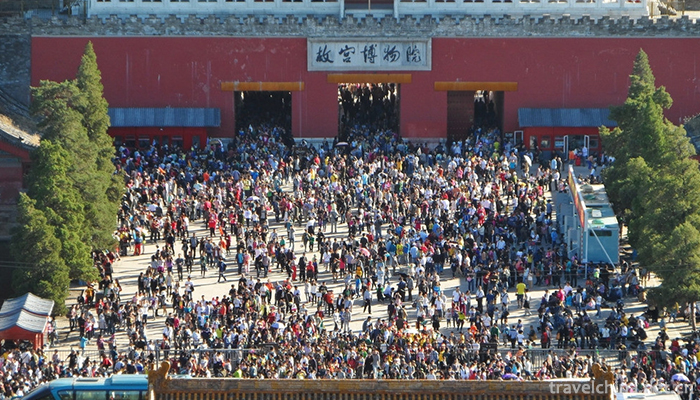
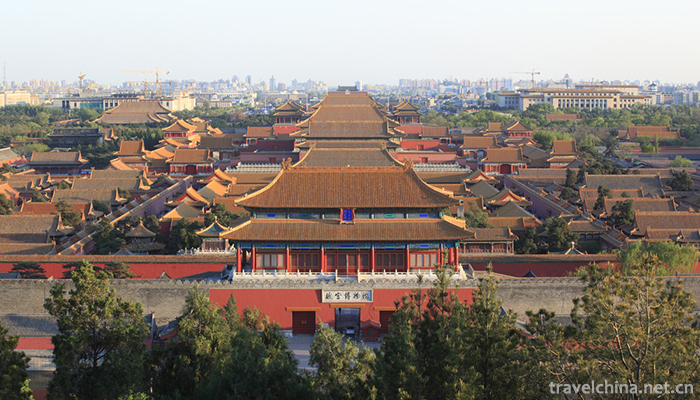
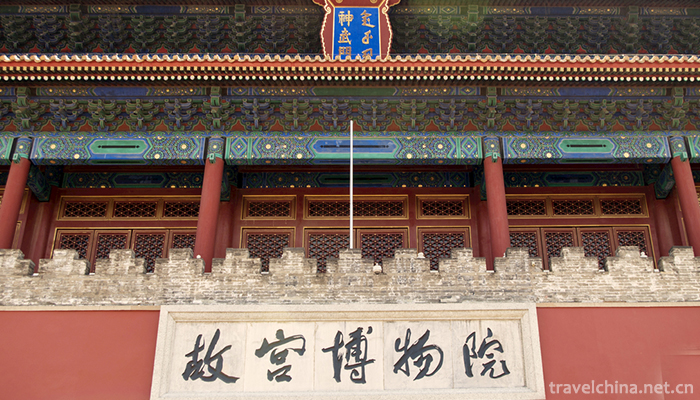
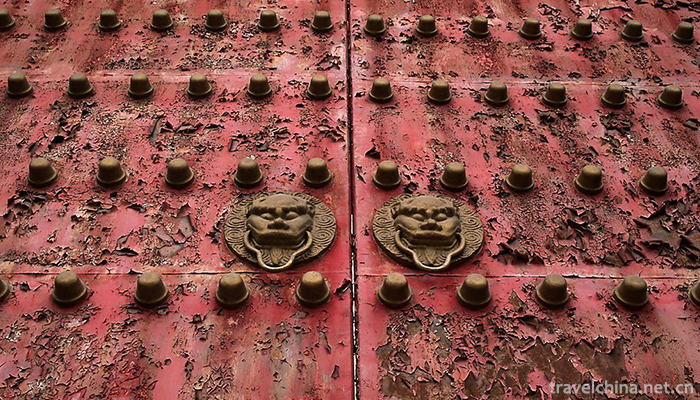
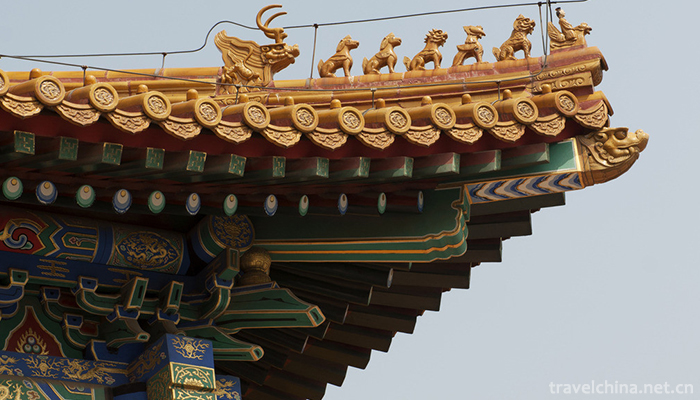
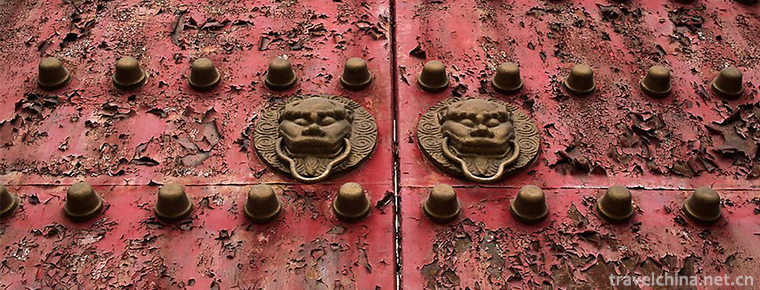
The Beijing Palace Museum
-
About Us
If you are interested in Chinese culture, Beautiful Scenery and Delicious Food, Welcome to China.
Views: 486 Time 2018-09-28 -
Fu Ling Rose Crisp
Fuling Rose Crisp is a special traditional snack in Jixi County, Anhui Province. Fuling Rose Crisp is a well-known traditional pastry, which is produced in Fuling Village, Jixi County.
Views: 200 Time 2018-11-27 -
Tianyi Pavilion and Yuehu Lake Scenic Area
Tianyi Pavilion is located in Haishu District, Ningbo City, Zhejiang Province. It was built in the middle of Ming Dynasty. It was presided over by Fan Qin
Views: 148 Time 2018-12-07 -
Shanghai Baoshan International Folk Art Exhibition Hall
Shanghai Baoshan International Folk Art Exhibition Hall is the first exhibition, research and protection of intangible cultural heritage in Shanghai constructed by Shanghai University in cooperation w
Views: 176 Time 2018-12-19 -
Liu Sanjie s Grand View Garden
Liu Sanjie Grand View Garden, formerly known as Guilin Liu Sanjie Landscape Garden, is located on the Peach Blossom River in Guilin City, Guangxi Zhuang Autonomous Region. It covers an area of more th
Views: 168 Time 2018-12-26 -
Eight Immortals
Raw materials: japonica rice, yellow millet, soybean, red adzuki bean, mung bean (fried with five flavors) 75 grams each. Fennel (washed) 150 grams, dried ginger, stir-fried white salt 30 grams each.
Views: 162 Time 2019-03-27 -
Talking about ancient times
Telling the ancients means telling books and stories. It is a traditional language performing art form in which ancient artists use Quanzhou dialect in Minnan language to re-create and deliver novels
Views: 319 Time 2019-05-05 -
Pipa Art
In the history of modern Chinese traditional folk music, there are two schools of pipa: the "Shanghai School" (Pudong School) and the "Zhejiang School" (Pinghu School). The Pipa ar
Views: 114 Time 2019-06-09 -
Shu embroidery
Shu embroidery, also known as Sichuan embroidery, is as famous as Su embroidery, Hunan embroidery and Guangdong embroidery. It is one of the four famous embroidery in China. It is a traditional Chines
Views: 434 Time 2019-06-15 -
Uygur Folk Songs
Uygur folk songs are rich in content, which can be divided into two parts: traditional folk songs and new folk songs. Traditional folk songs include love songs, labor songs, historical songs, Life son
Views: 180 Time 2019-06-26 -
Meishan Education
By the end of 2019, there are 824 schools of various types, including 435 kindergartens, 176 primary schools, 165 junior high schools, 26 senior high schools, 17 secondary vocational schools and 5 special schools. By the end of the year, there were 397900 students
Views: 188 Time 2020-12-18 -
Meishan scenic spot
Meishan has a long history and culture and many cultural relics. Meishan County, where the municipal government is located, has a history of 1505 years. It is a famous town of Sansu culture. There are 2 provincial cultural relics protection unit
Views: 357 Time 2020-12-18
